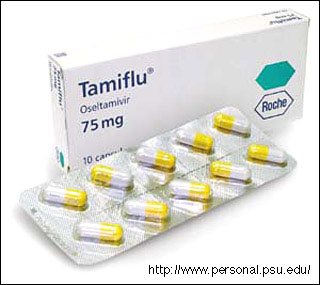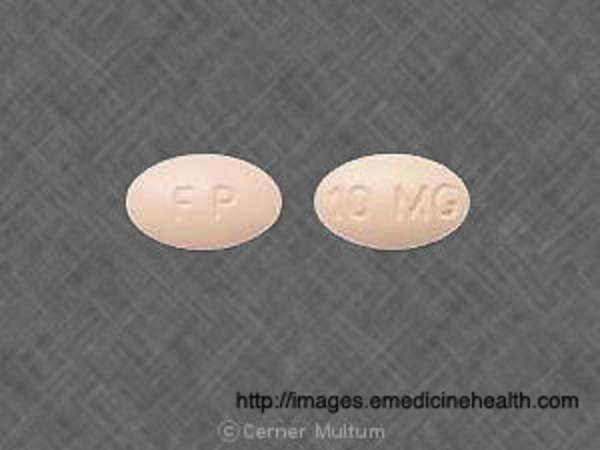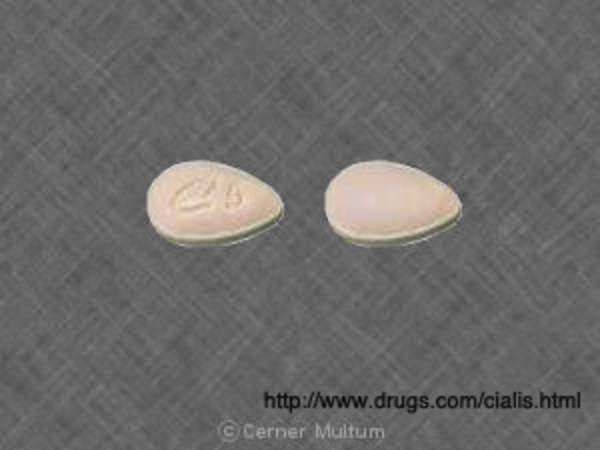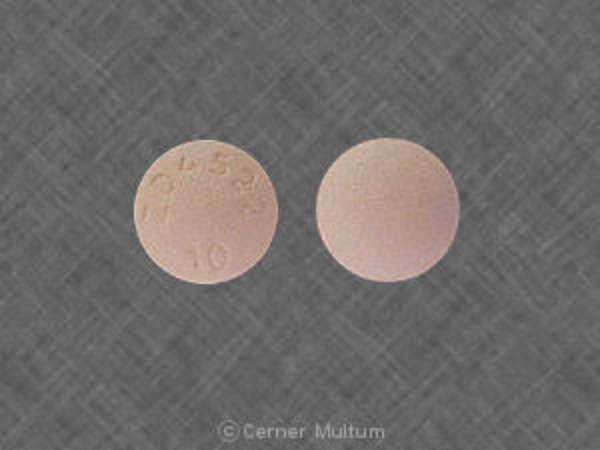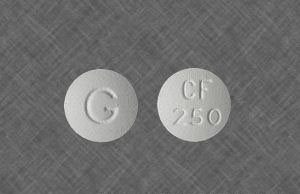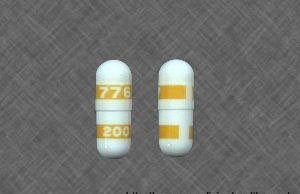Duragesic Patches

What is a Duragesic Patch?
Duragesic is the brand name of fentanyl transdermal therapeutic systems which is a system of delivering pain relief in the form of a patch placed on the skin. The patches come in increments of 12, 25, 50, 75 and 100 micrograms per hour and can be combined to form a more specialized dose, such as the combination of 50+12 patches to create a 62.5 microgram per hour dose.
What are the risks of duragesic patches?
Duragestic patches contain a powerful narcotic and are only meant of individuals with severe chronic pain. Unlike inhibitors, it works on the brain in order to reduce pain, which can make it potential dangerous. It falls in the same category as commonly abused opioids including methadone, morphine and oxycodone. It is not intended for short term pain from injuries or surgery. Additionally, the patient must be able to handle opioids as demonstrated through continuous of morphine or other opioids in a controlled setting. Tampering with a duragesic patch may cause the medicine to be released unpredictably, which can also cause unintended harm.
Leaking patches are an extremely dangerous problem for duragesic users as seen in 2004 when faulty seal breaches in patches supplied by Janssen Pharmaceutica Products had to be recalled. The rapid release of opioids led to at least one fatality from faulty Duragesic patches. Similar instances occurred where improperly sealed patches could harm both patients and health care professionals applying the patch. Production was recently suspended in 2011 due to some manufacturing issues, although the problem was quickly resolved.
What should I do if I have been hurt or exposed to opioids due to faulty patches?
The potential for a drug overdose from a duragesic patch is very high. In cases involving faulty patches the manufacturers are almost always at fault and subject to civil liability. Duragesic patches may also be improperly distributed or handled by health care professionals and negligence on their part can cause harm to the patient.
In some cases, both the doctors and manufactures may be at fault, as determined by the wrongful death lawsuit brought against Johnson and Johnson and a physician’s assistant by the family of Susan Hodgemire. Hodgemire improperly received the patch after a surgery (which was clearly not the intend use of the patch) and died of a drug overdose. The jury awarded $13 million dollars, with 80% of the blame for the death on the manufacturer for failing to adequately address and inform about the dangers of the patch. The physician’s assistant was also liable for giving improper medical advice.
There are some attorneys that specialize in duragesic patch litigation cases. As the FDA has begun issuing warnings and investigation patch manufacturers, there is a good chance that duragesic patch manufacturers can be found liable for damages sustained from the improper dispersal and manufacture of their patch.


